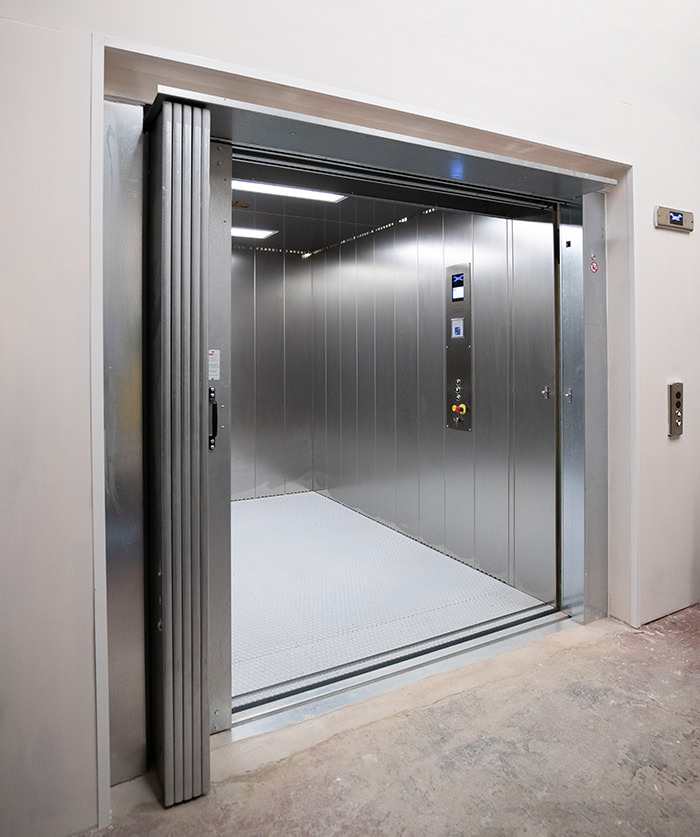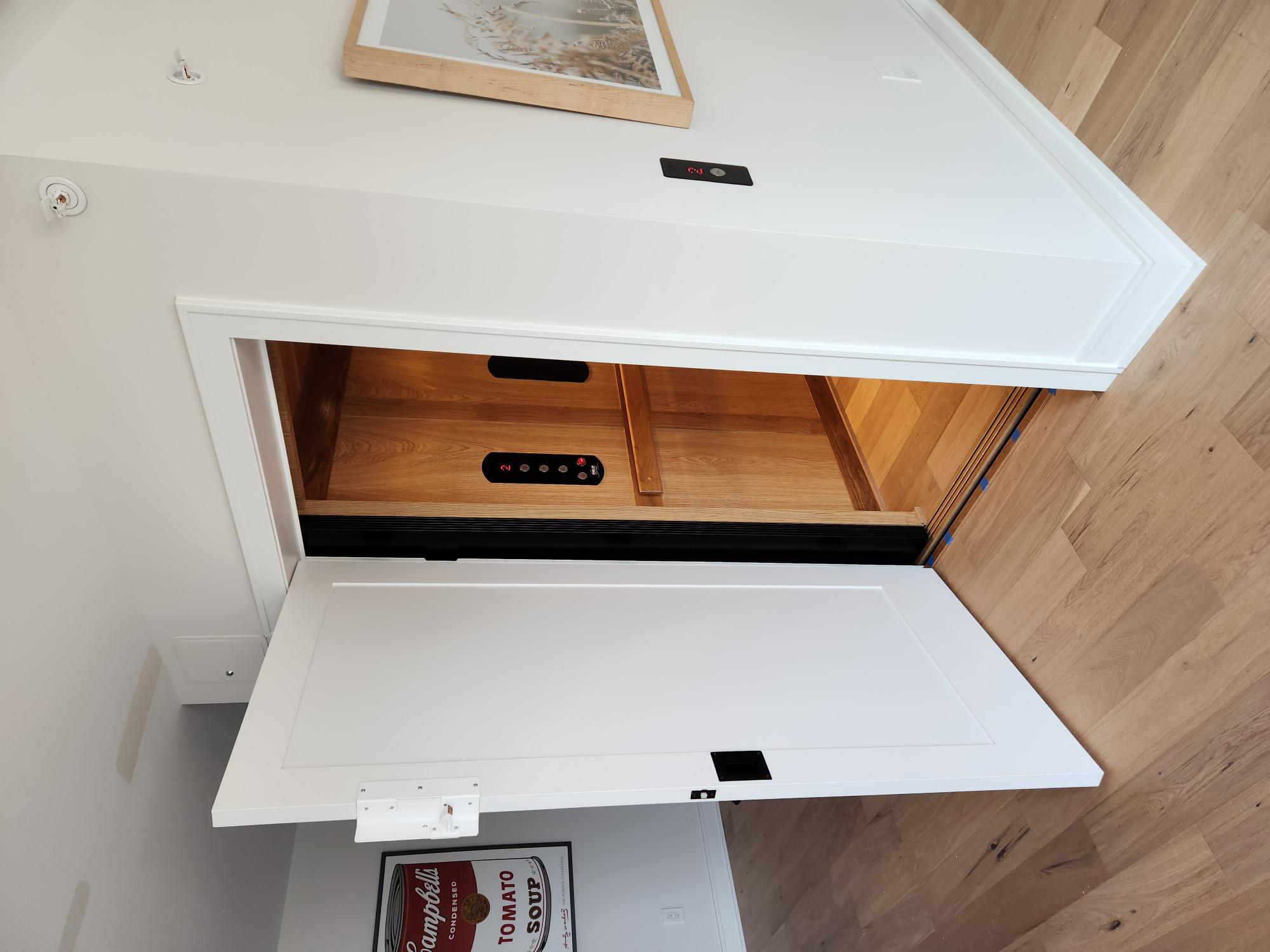Deciphering the Intricacies of Lift Technology: Troubleshooting Common Troubles Across Lift Models
In the realm of lift technology, a myriad of details frequently exist beneath the surface of what shows up to be an uncomplicated mechanism. From slow operation problems to peculiar sounds rising from the equipment, repairing usual problems across various lift models demands a keen eye for detail and a methodical technique - repair and maintenance services. As we get started on this trip to untangle the intricacies that can torment these essential devices, a much deeper understanding of the internal functions and prospective risks of lift modern technology is critical. Stay tuned as we browse via the maze of lift breakdowns, looking for remedies to the enigmatic problems that can interfere with the smooth performance of these indispensable apparatuses.
Identifying Slow Procedure Issues

Next, check the electrical connections to ensure that all components are appropriately linked and working. Malfunctioning circuitry or loosened connections can result in slow down operation or complete malfunction of the lift system. In addition, it is essential to test the control system to determine if the issue lies in the shows or sensing units.
If the aesthetic assessment and electrical checks do not reveal the root reason of the slow procedure, additional analysis tests may be required. These could consist of pressure tests for hydraulic systems, voltage examinations for electric elements, or running diagnostic software program for the control system. repair and maintenance services. By adhering to a methodical method to troubleshooting slow-moving operation issues, you can successfully determine and deal with the problem, making certain the lift operates securely and successfully
Dealing With Weird Sounds
To successfully repair lift technology for unusual sounds, a thorough evaluation of the lift elements complying with the identification of sluggish procedure concerns is essential. Unusual noises in lifts can be a sign of underlying issues that need timely interest to make sure the safety and security and integrity of the system.
Furthermore, it is essential to refer to the lift maker's maintenance guidelines and seek support from qualified service technicians when taking care of complicated lift elements or unknown troubleshooting procedures. By quickly settling and resolving strange noises underlying issues, lift drivers can make certain the optimum efficiency and security of the lift system for operators and passengers.
Resolving Faulty Control Troubles
An efficient technique for resolving malfunctioning control issues in lift technology entails conducting a thorough assessment of the control system's parts and functionality. When encountering concerns with lift controls, it is important to first look for any loosened links, harmed electrical wiring, or malfunctioning sensors. Confirming that all control buttons, keypads, and screens are operating properly is also crucial in identifying the trouble precisely.
If no visible problems appear, professionals should proceed to check the control panel for any indicators of water damage, rust, or getting too hot, as these can typically cause regulate breakdowns. In addition, resetting the control system or upgrading the software may help deal with specific glitches or insects triggering the problem.

Tackling Hydraulic System Malfunctions
The effectiveness of hydraulic systems in lifts depends greatly on the appropriate performance of various parts within the system. When hydraulic systems malfunction in lifts, it can cause functional disruptions and safety visit homepage and security concerns. One typical concern is hydraulic liquid leak, which can happen as a result of worn-out seals, loose links, or damaged cylinders. To tackle this trouble, specialists need to conduct a thorough assessment to identify the resource of the leakage and replace any type of faulty parts promptly.
An additional regular hydraulic system malfunction is a loss of stress, which can result from air entering the system, fluid contamination, or pump inadequacies. Professionals can resolve this by bleeding the system to eliminate air, replacing infected fluid, or servicing the pump as needed. In addition, irregularities in hydraulic fluid levels or unusual sounds throughout lift procedure might indicate underlying system malfunctions that require immediate interest to stop further damage. Normal maintenance and timely troubleshooting of hydraulic system problems are crucial to making sure the secure and reliable operation of lift innovation.
Handling Electric Part Failures
Addressing electric element failures in lift modern technology requires a systematic strategy to identifying and solving issues to keep operational capability and security standards. When running into electric problems in lift systems, it is critical to very first conduct a thorough assessment of index the electrical elements, including control board, wiring, sensing units, and circuit boards. Any kind of signs of damages, corrosion, loosened connections, or scorched elements must be carefully kept in mind and addressed immediately to stop more problems.
In the instance of electrical element failings, it is important to adhere to producer standards for troubleshooting and repair work treatments. This might involve checking the components making use of multimeters, oscilloscopes, or other analysis devices to identify the precise source of the malfunction. Furthermore, having an extensive understanding of the lift's electrical schematics and wiring layouts can help in identifying and correcting concerns successfully.
Normal maintenance and evaluation routines can help stop electric discover this failures by identifying prospective problems beforehand. Proper training for lift service technicians on electrical systems and components is additionally important to ensure exact diagnosis and efficient resolution of electric troubles, eventually adding to the general safety and security and dependability of lift operations.
Final Thought
To conclude, fixing lift innovation needs a methodical technique to determine and deal with common problems such as slow procedure, weird sounds, malfunctioning controls, hydraulic system malfunctions, and electrical component failings. By recognizing the intricacies of lift innovation and following proper repairing actions, service technicians can successfully solve problems and make sure the reliable and risk-free operation of lifts throughout different models.
To effectively repair lift innovation for unusual sounds, a thorough exam of the lift elements following the recognition of sluggish procedure problems is crucial. Unusual sounds in lifts can be a sign of underlying problems that call for prompt focus to make sure the safety and integrity of the system.An effective approach for attending to faulty control issues in lift technology includes conducting a thorough evaluation of the control system's parts and performance.The performance of hydraulic systems in lifts relies greatly on the proper performance of various elements within the system. repair and maintenance services. When experiencing electric problems in lift systems, it is critical to very first perform an extensive inspection of the electric components, including control panels, circuitry, sensors, and circuit boards